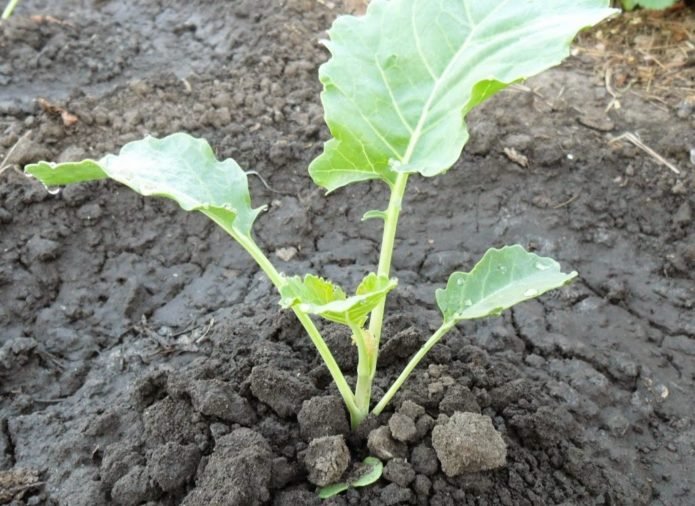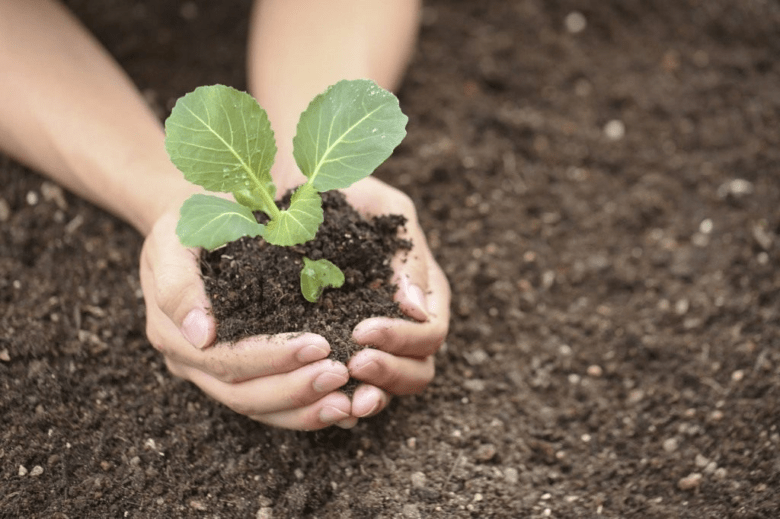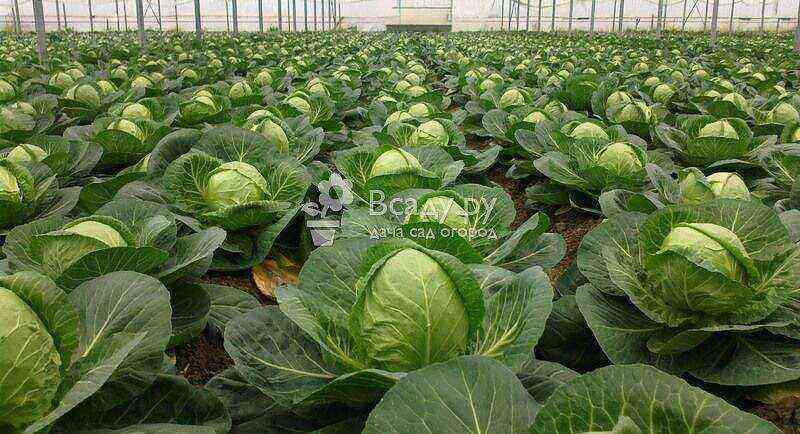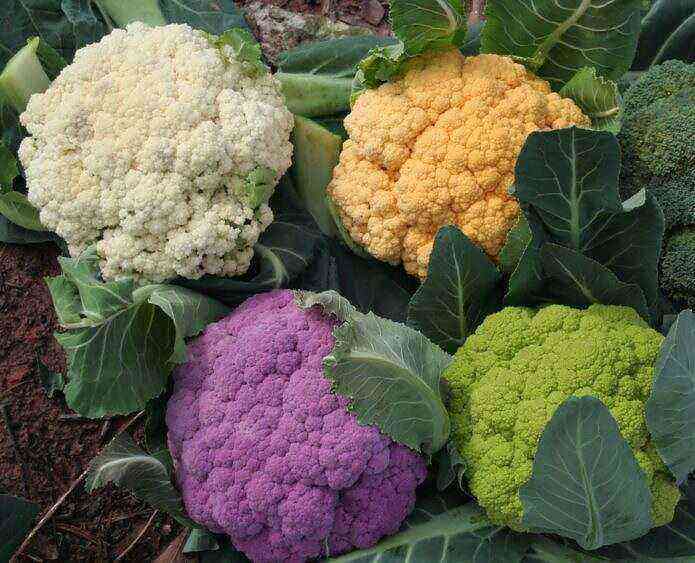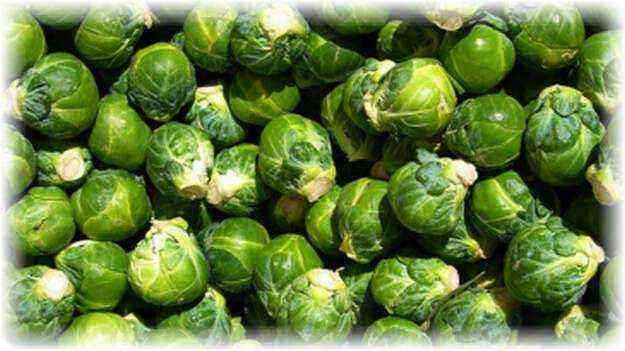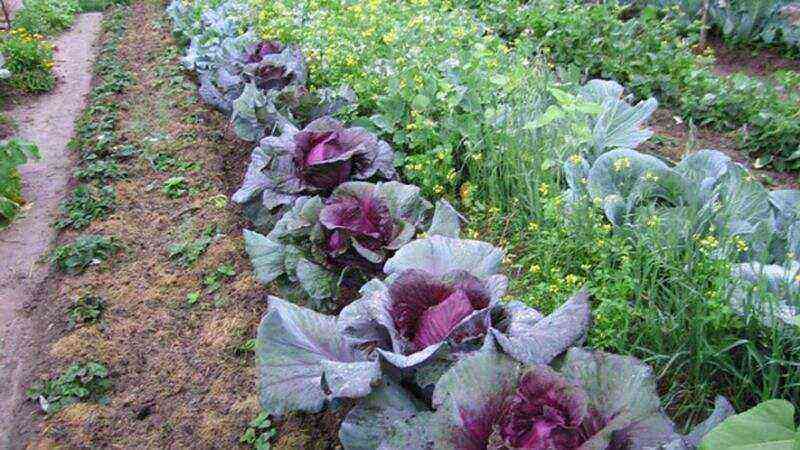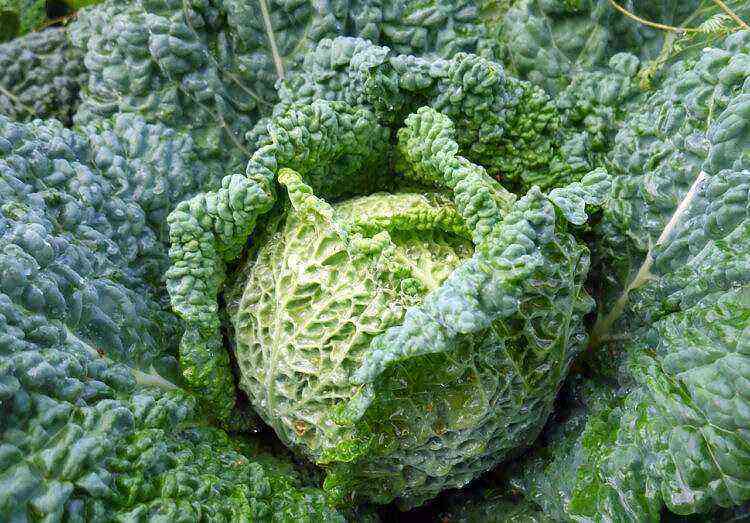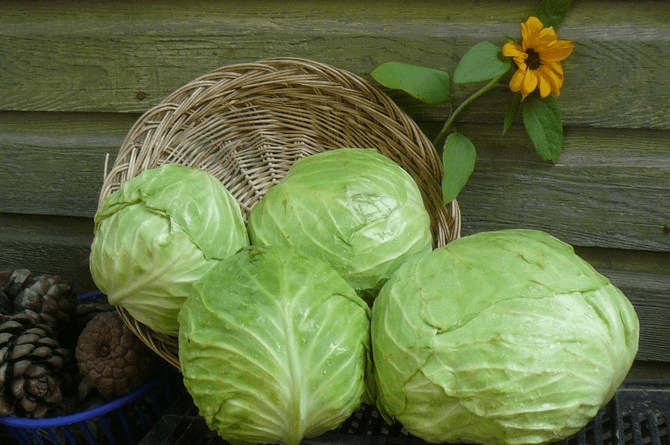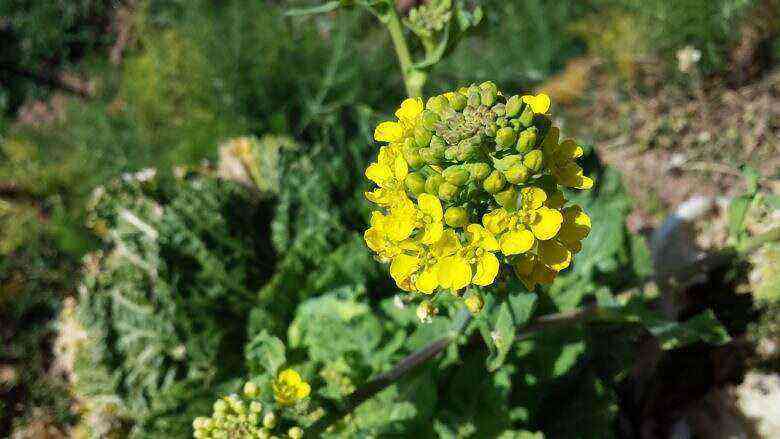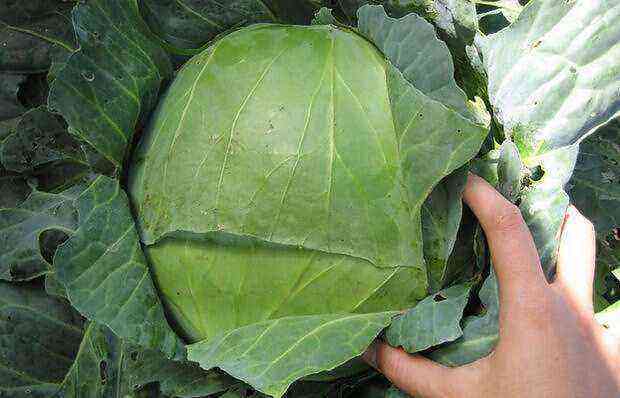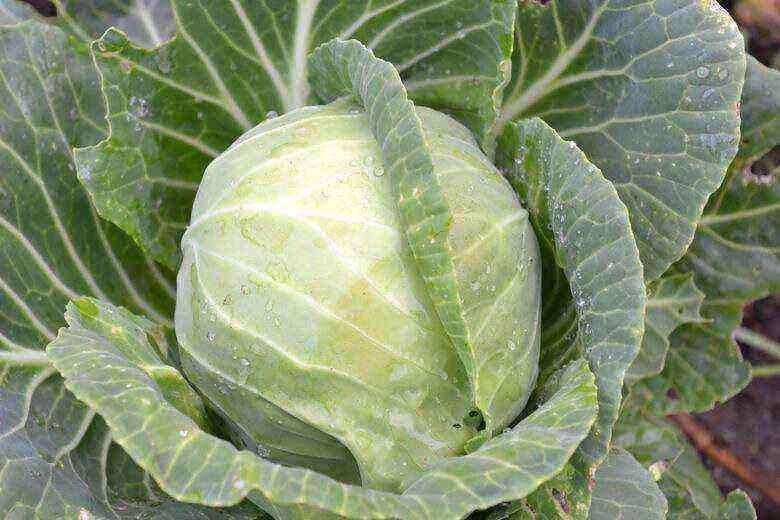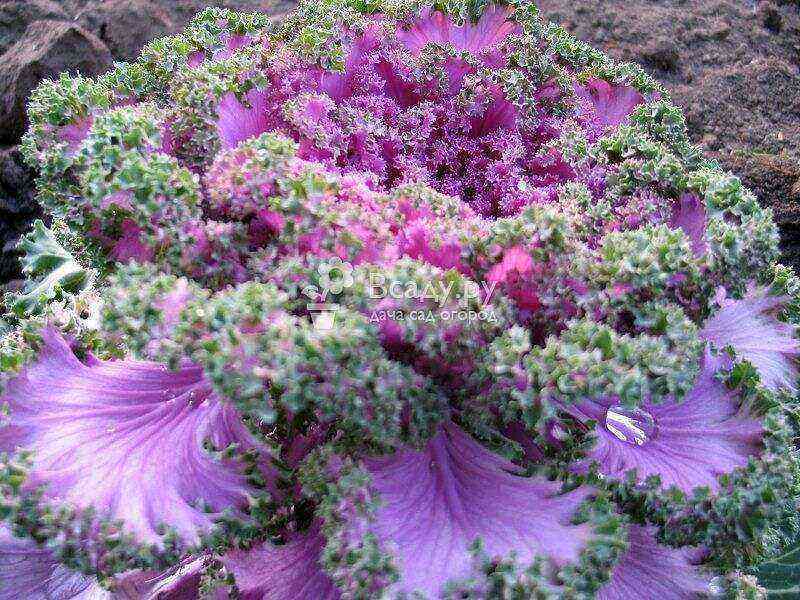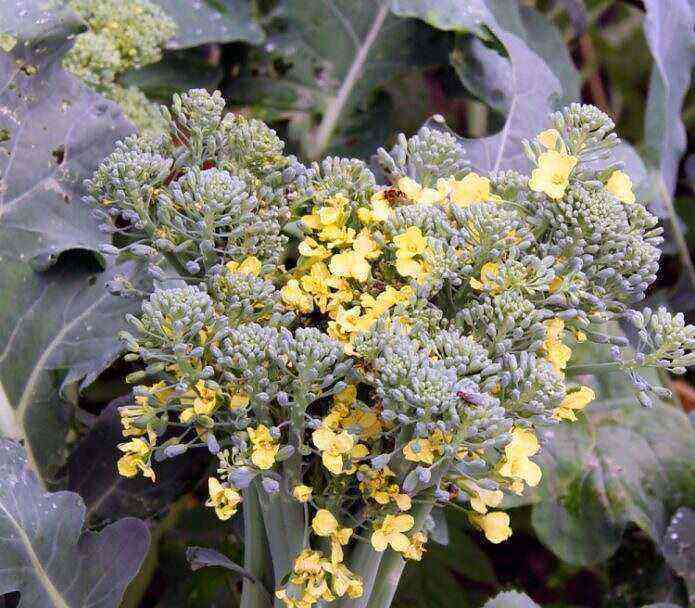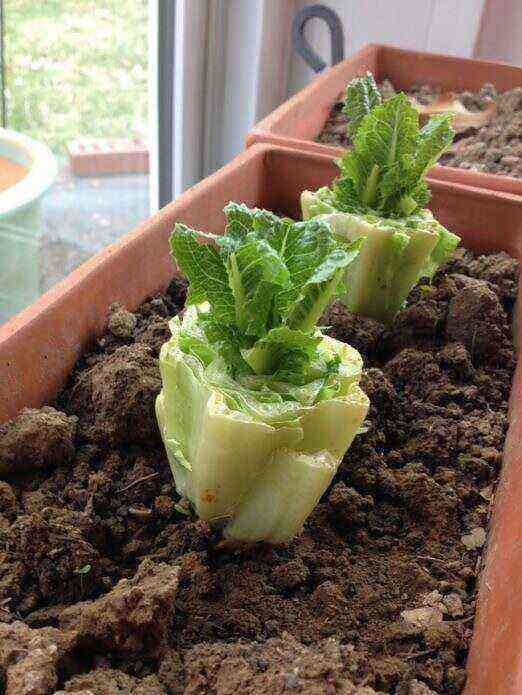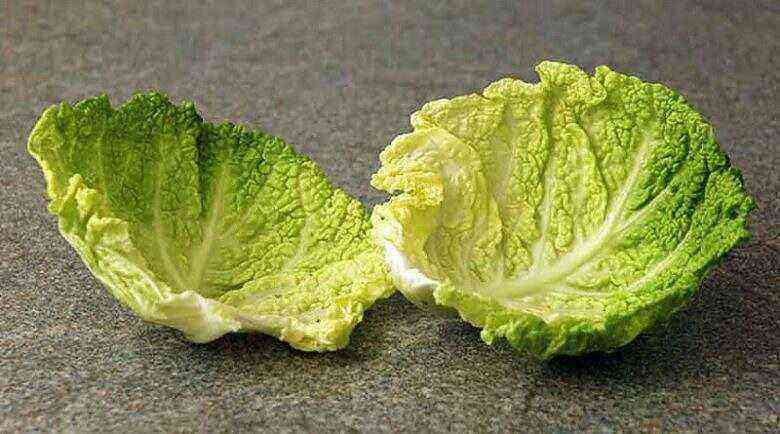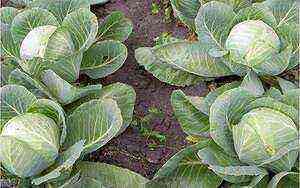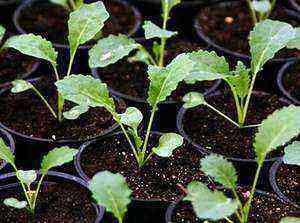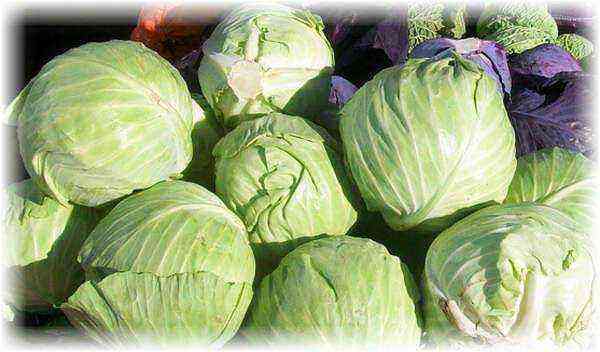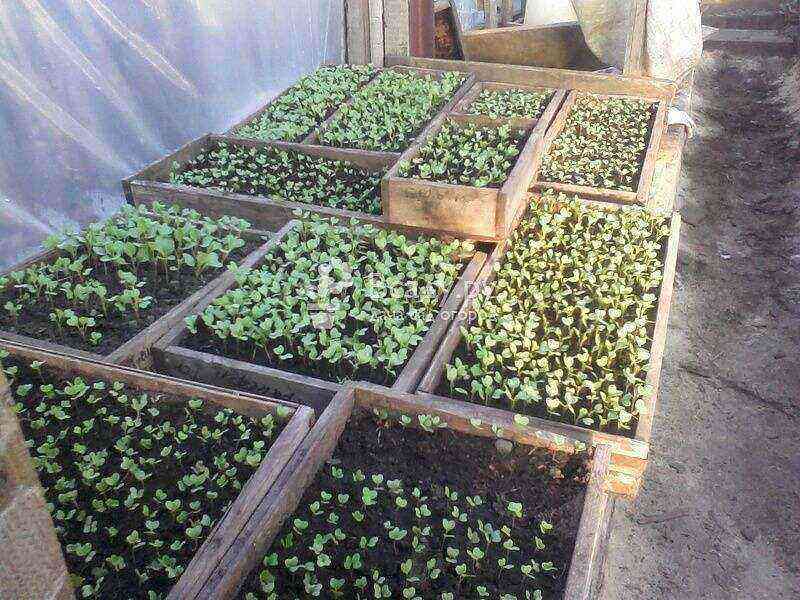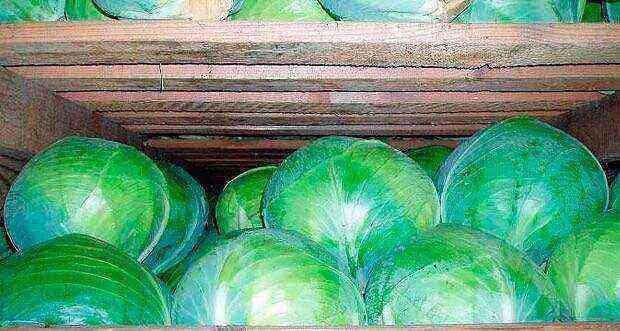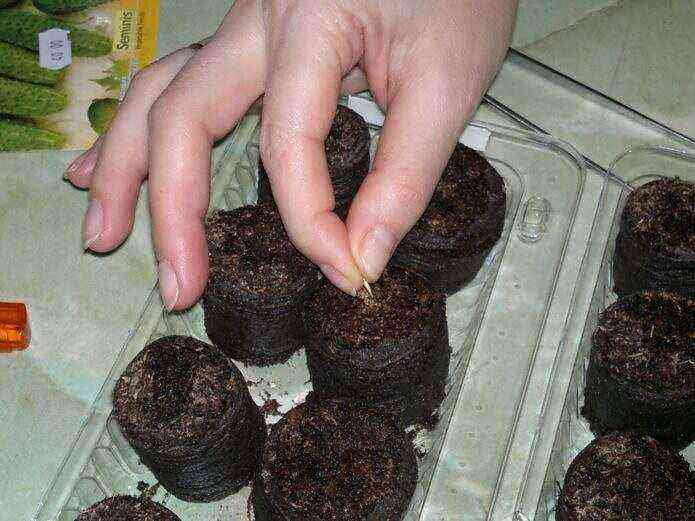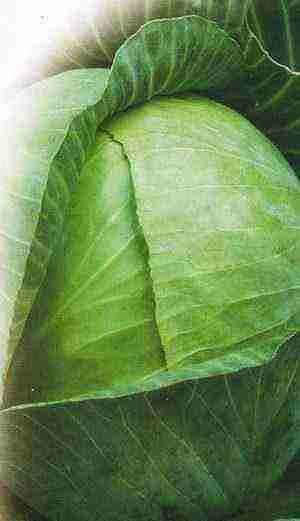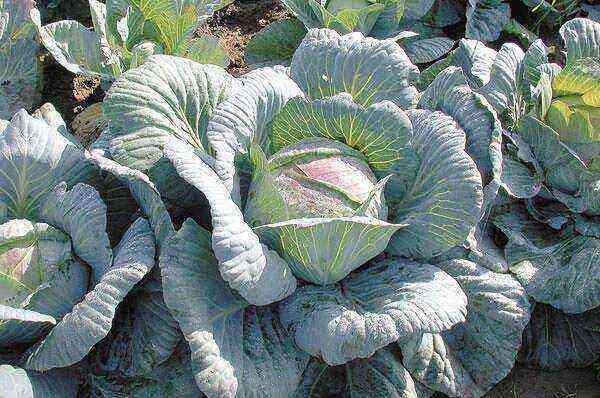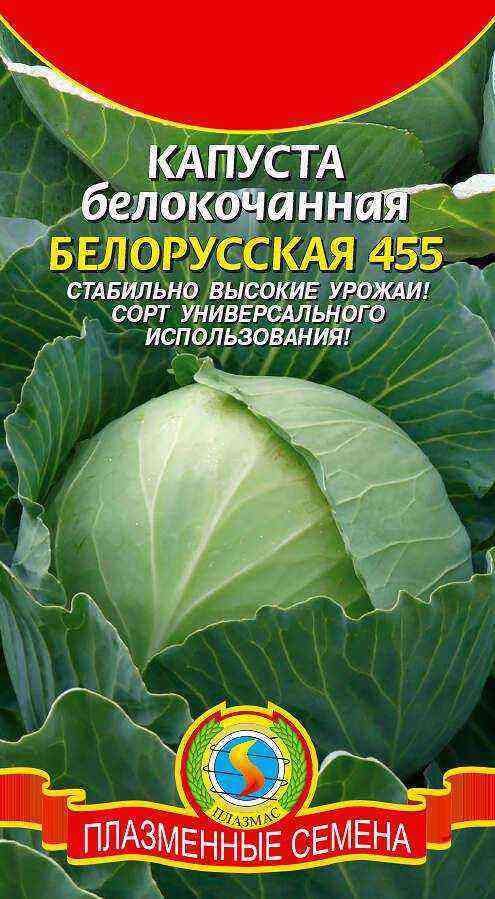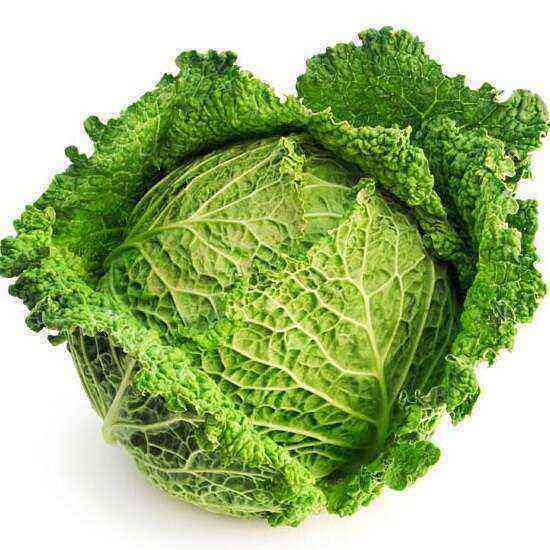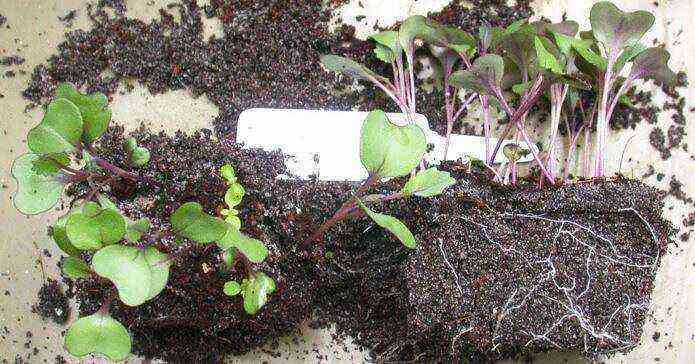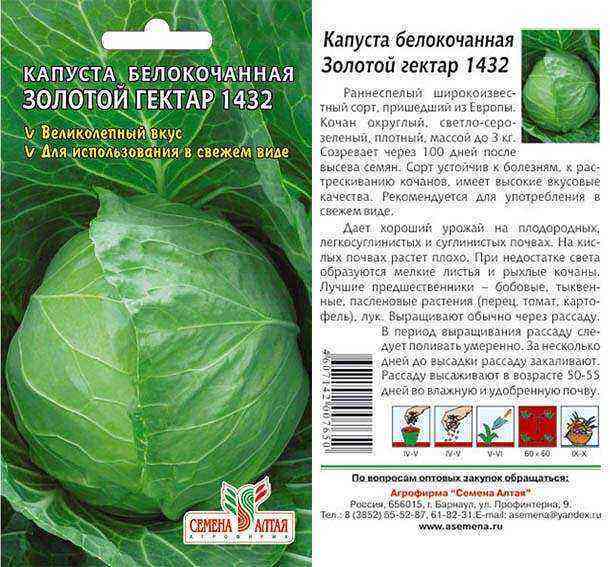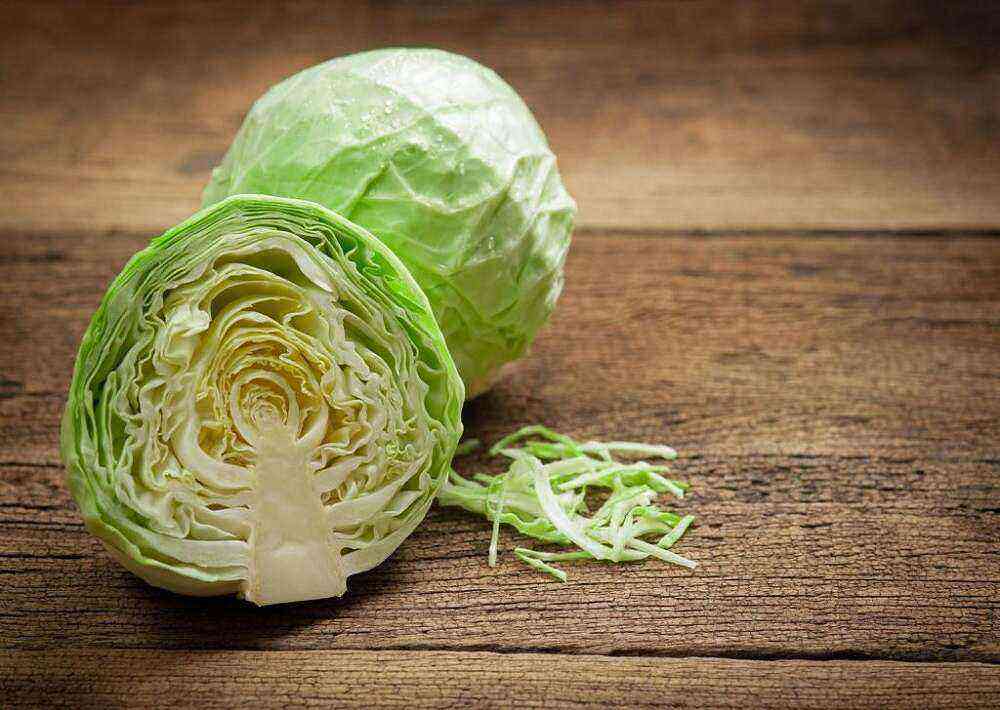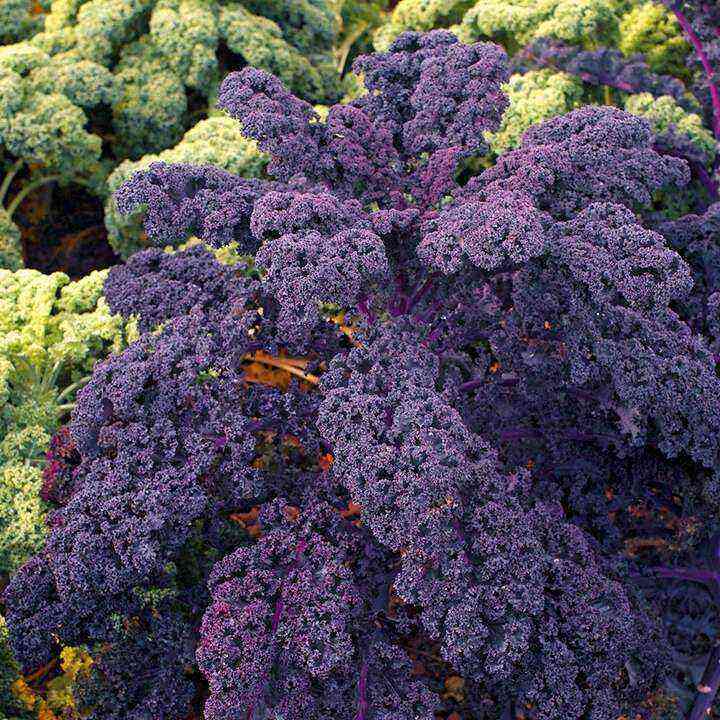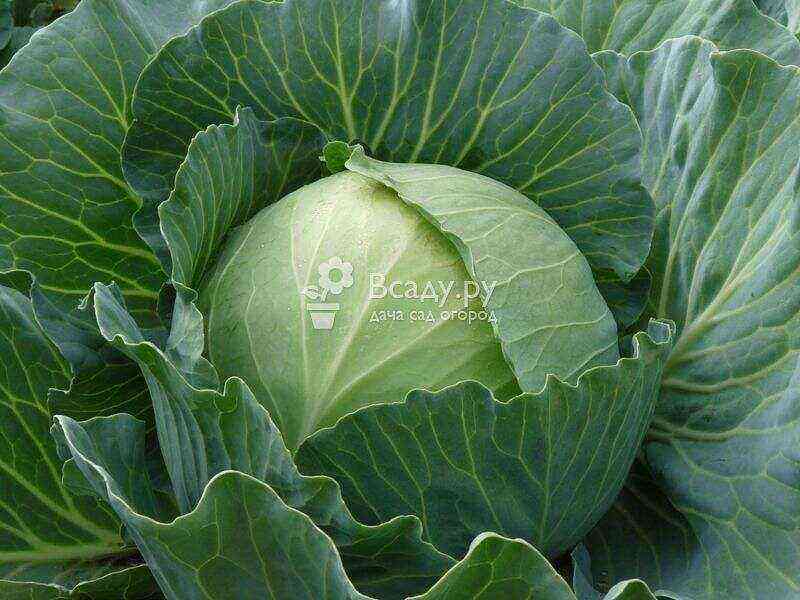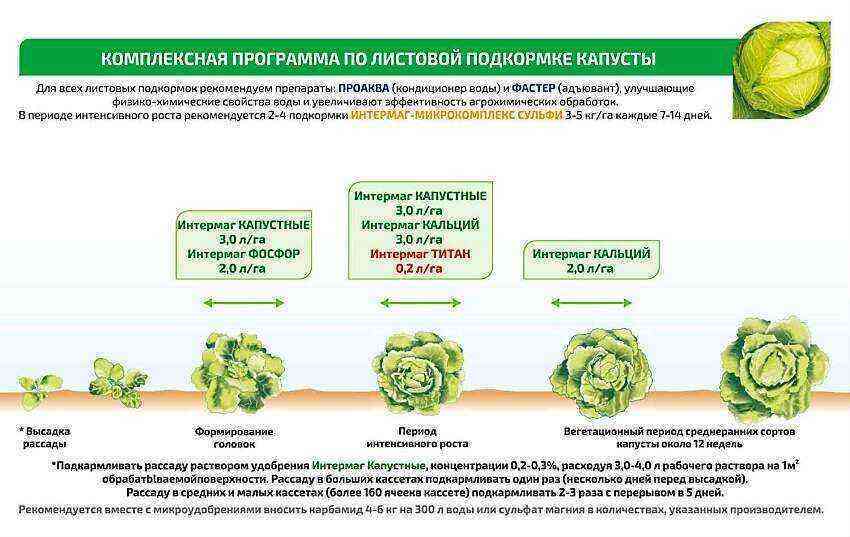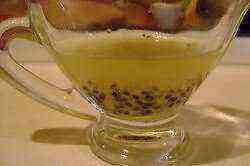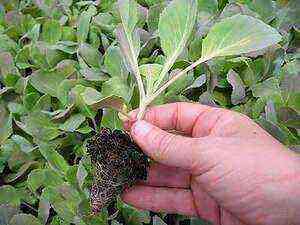Pak-choi cabbage is traditional for China; it has been cultivated in this country for thousands of years. Recently, exotic culture has been gaining a well-deserved place on our tables. Its cultivation is not difficult, the pack-choi is early ripening and undemanding to the fertility of the soil, while it has a good taste. The white fleshy petioles resemble asparagus or chard, while the green leaves are similar to spinach.
Description of pak choy Chinese cabbage
Pak-choi Chinese cabbage is a close relative of Peking cabbage, but differs from it in appearance, growing conditions, and culinary use. In another way, it is called mustard cabbage – for its spicy taste. It looks like an exotic salad up to 50 cm high and up to 30–40 cm in diameter. Smooth or pimpled leaves are collected in a rosette, their color ranges from grayish and light green to dark green with white veins. It differs from Peking cabbage in lower height, increased cold resistance and in that it does not form a head of cabbage. Around the central bud, white succulent petioles are formed, which make up the bulk of the plant. You can eat both tender sprouts and adult shoots. If you cut off young growth at the white base of the cabbage, after a while it will grow back.
In China, young pak-choi heads are most valued, they are small in size, up to 15 cm high – they are softer and more juicy.
Chinese cabbage stalks taste like asparagus or chard, and the leaves taste like spinach
Chinese cabbage combines dietary and medicinal properties, it contains:
- vitamin C – supports immunity, a source of antioxidants;
- vitamin P – strengthens blood vessels, helps the body fight viral and bacterial infections, reduces allergic reactions;
- vitamin A – improves vision, prevents atherosclerosis;
- magnesium, potassium, phosphorus – trace elements necessary for the normal functioning of the body;
- fiber – to cleanse the body of toxins, improve digestion;
- folic acid – it is especially necessary during pregnancy for the correct formation of the fetus;
- lysine, an essential (i.e., not produced in the human body) amino acid that helps fight various diseases, even cancer.
Pak-choi is great in the first spring salads, but you can make a soup, a side dish, and an independent vegetable dish from it. It goes well with other vegetables and meat products. When heat treated, it becomes sweetish, and when fresh it has a slight bitterness, like arugula. Chinese cabbage can be boiled, fried, stewed, even pickled and harvested for future use. Pak-choi is a fast-growing culture, already a month after planting it can be used for food.
Chinese cabbage should not be consumed in large quantities for diabetes because it can cause hypothyroidism and other hormonal disorders.
Popular varieties
In Russia, this crop is grown recently, so there are not so many zoned varieties:
- Alyonushka is a precocious variety with a medium-sized leaf rosette. The petiole is fleshy, of medium length, wide, green.
- Vesnyanka is an ultra-early ripening leaf variety for open and protected ground. Seedlings appear on the 3-4th day, the first harvest in 20-25 days. The rosette is semi-raised, densely leafy, up to 35 cm high
- Swallow is an early ripe petioled variety of Chinese cabbage. Shoots are juicy, white, fleshy. The mass of plants can reach 1 kg or more, with more than half of it being petioles.
- Swan is a mid-season (40–45 days) variety. Erect leaf rosette, up to 40 cm in diameter and up to 50 cm in height. Plant weight up to 1 kg. Petioles are bright white, up to 35 cm long, up to 80% of the plant mass. The variety is relatively resistant to early steming, to unfavorable weather conditions, suitable for thickening planting.
- Pava is a mid-season hybrid of Chinese and Peking cabbage. Combines large leaves and wide, dense, crispy petioles. The leaves are bright green, the petioles are white, fleshy, juicy, without fibers. Stalk resistant, so the variety can be sown at any time. Plants are very decorative, keep well after cutting.
Photo gallery: varieties of Chinese cabbage
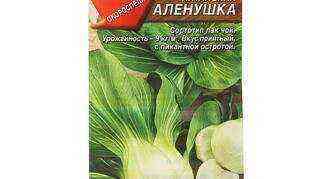
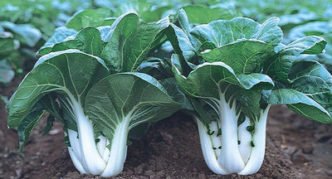
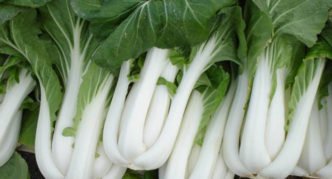
For growing outdoors in cold regions (in the Urals and southern Siberia), early maturing varieties are recommended in order to get two or more harvests per season almost unprecedented for these places. In cool summers and in cool climates, seeds can be planted throughout the growing season. In hot climates, it is better to choose flowering-resistant hybrids for planting.
Planting Chinese cabbage
The soil for the spring planting of this culture is prepared in the fall, choosing a place where no other cabbage has grown in order to avoid common pests (you can sow on the beds that are freed after onions or garlic).
Before digging, humus is introduced (Asian cultures do not tolerate manure well) – 1 bucket per 1 sq. meter, as well as 1 tbsp. a spoonful of superphosphate and potash fertilizers, if necessary, deacidify with lime. In the spring, the soil is dusted with ash to protect it from cruciferous fleas, which can damage delicate shoots.
For seedlings and early production, seeds are planted one at a time in separate peat pots in mid-March. Seedlings do not dive (they have very delicate roots), but are planted in the ground when 4–5 true leaves appear (in late April – early May).
Pak-choy seedlings are transplanted to the garden bed when 4-5 true leaves appear
Sowing directly into the ground is carried out in rows on elongated beds. Leave a free space between the rows of crops of 30-40 cm. A film or white agrospan is placed on the beds. Seedlings from good seeds will appear about a week after planting. Thickened seedlings must be thinned out, leaving about 20 cm between the shoots.
Pak-choi Chinese cabbage is a short-day plant, it is best planted in early spring or late summer, and when sown from May to June, it can throw out the arrow and bloom. It is believed that late summer planting of Chinese cabbage gives the best harvest. It is carried out in late July or early August, then the plants will have time to ripen before frost.
Peculiarities of growing
Even a novice gardener can grow Chinese cabbage, it is undemanding to care. But it also has its own characteristics:
- prefers loose soil, since its root system is superficial;
- it cannot be treated with chemicals, since it has a very short growing season;
- it is important to provide the plant with moisture, especially at the beginning of growing: abundant watering is needed, followed by shallow loosening of the soil, and sprinkling is useful in dry weather.
Sprinkling, in addition to the refreshing effect, gives Pak Choi additional protection against pests.
Harvesting and storage of crops
Chinese cabbage can be harvested as leafy vegetables, removing the stalks as they ripen. With continuous harvesting, the cabbage is pulled out by the root, which is then cut off. Pak-choi is placed in a cool place or cellar, sprinkled with wet sand for storage without loss of taste for up to two to three months. Chinese cabbage is stored in the east by preparing kimchi from it – a national Korean and Chinese dish. It is known in Russia under the name “Korean cabbage”.
Video: cooking with Chinese cabbage
Reviews of gardeners
Pak-choy cabbage allows you to diversify the menu in early spring, when traditional salads and greens have not yet grown. It is used in the diet to get rid of extra pounds, as a means of bowel cleansing, as a source of vitamins and minerals. Cooking this cabbage will not take much time, and it itself is decorative and will decorate the garden plot.
